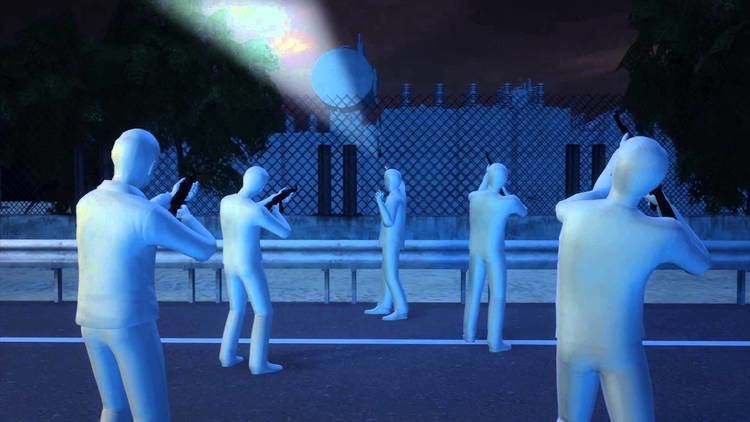Perpetrators Unknown Start date April 16, 2013 | Non-fatal injuries 0 No. of participants Multiple snipers Total number of deaths 0 | |
Target PG&E Metcalf substation Location Santa Clara County, California, United States | ||
The Metcalf sniper attack was a "sophisticated" assault on Pacific Gas and Electric Company's Metcalf Transmission Substation located in Coyote, California, near the border of San Jose, on April 16, 2013, in which gunmen fired on 17 electrical transformers. The attack resulted in over $15 million worth of damage.
Contents
- Assault
- Preparation
- Timeline
- Sophistication of attack
- Aftermath
- Investigation
- Precursor publications
- References

Assault

On the morning of April 16, 2013, a team of gunmen, using rifles, opened fire on the Metcalf Transmission Substation, severely damaging 17 transformers.
Preparation

Prior to the attack, a series of fiber-optic telecommunications cables operated by AT&T were cut by the culprits. Additionally, following the attack, investigators found small piles of rocks near to where the shots had been fired, the type of formations that can be used to scout firing positions.
Timeline

Sophistication of attack

Former Chairman of the Federal Energy Regulatory Commission Jon Wellinghoff stated that military experts informed him that the assault looked like a "professional job", noting that no fingerprints were discovered on the empty shell casings. He has described the attack as "the most significant incident of domestic terrorism involving the grid that has ever occurred".
Henry Waxman, a ranking member of the United States House Committee on Energy and Commerce, stated that the attack was, "an unprecedented and sophisticated attack on an electric grid substation with military-style weapons. Communications were disrupted. The attack inflicted substantial damage. It took weeks to replace the damaged parts. Under slightly different conditions, there could have been serious power outages or worse."
Aftermath
Seventeen transformers were seriously damaged, requiring over $15 million worth of repairs. To avert a black-out energy grid officials were forced to reroute power from nearby Silicon Valley based power plants.
Both PG&E, the company which operates the transformers, and AT&T have offered $250,000 rewards for any information leading to the arrest and conviction of the perpetrators of the attack.
In June 2014, PG&E announced that it intends to spend $100 million over a three-year span on upgrading security at substations throughout its territory, including the Metcalf location.
A July 2014 report from the Congressional Research Service titled Physical Security of the U.S. Power Grid: High-Voltage Transformer Substations repeatedly cited the attack and noted that, "... in the wake of the Metcalf incident, the FERC has ordered the imposition of mandatory physical security standards (for substations) in 2014."
Investigation
As of February 2014, the Federal Bureau of Investigation was investigating the attack and did not believe it to be the work of a terrorist group.
In October 2015, it was reported that the Department of Homeland Security had found indications that the attack may have been committed by "an insider".
Precursor publications
In 2012 the National Research Council of the National Academies of Sciences, Engineering, and Medicine published a declassified report prepared in 2007 for the United States Department of Homeland Security that highlighted the vulnerability of the national electric grid from damage to high voltage transformers.
In 2012 Brad Taylor authored a fictionalized account of a terrorist attack on the North American power grid in the northeastern United States, which highlighted the use of explosively formed penetrator weapons (not bullets) to attack high voltage transformers.
